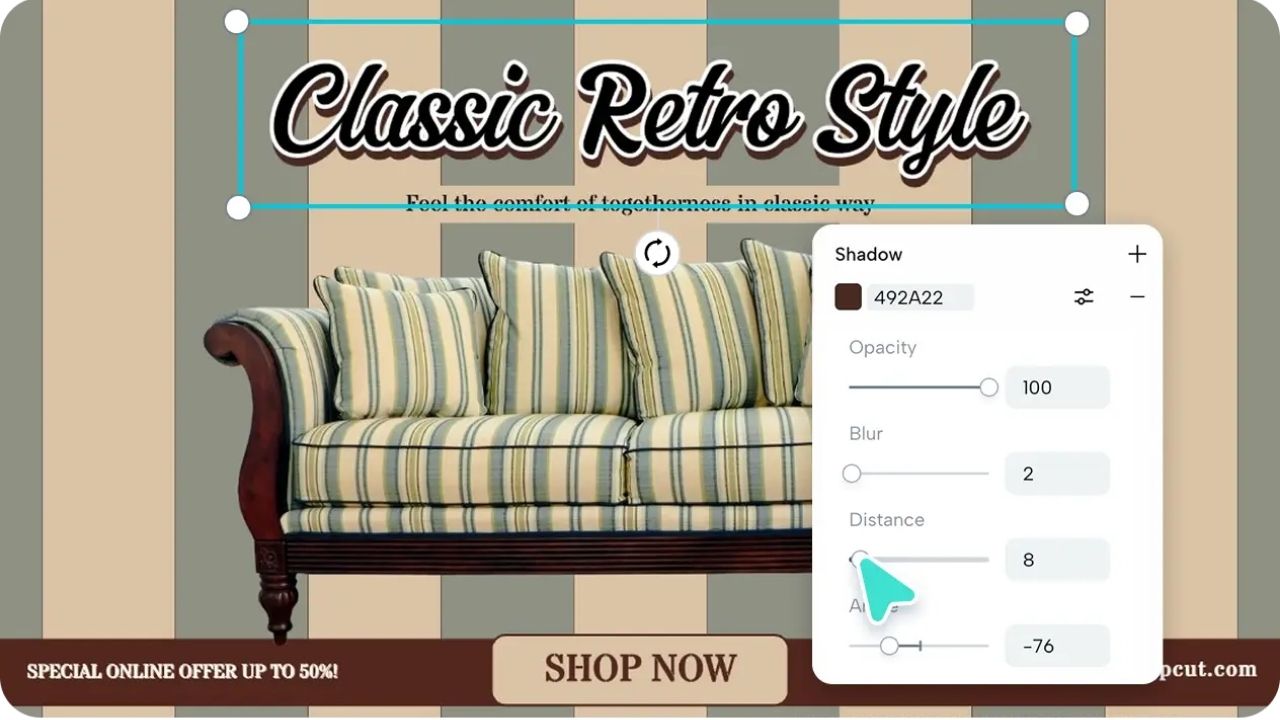E-commerce has changed the way businesses attract customers, and the layout of an online store is the key part of that experience. Building an attractive professional store in Shopify used to entail the hiring of a designer or developer, time in coding, and it still came with considerable expenses. Although this method was customizable, it was not fast or affordable for most small businesses. The era of free shopify store templates stored on platforms such as Pippit, efficiently, and at not much cost, has come along today.
What Traditional Design Provides
A conventional design takes its cue from professional experience. The shop owners who take this approach tend to collaborate with web designers so as to develop a store as a blank slate. The work enables heavy modification, branding, and custom features. The disadvantage of this may, however, be time and cost. Custom work can easily consume weeks or months to be completed, and then alterations bring in even more delays. Also, the traditional design needs constant maintenance, which is stressful to companies that lack technical backup.
The Shopify Store Template of Pippit
Pippit offers a new approach to free Store templates in Shopify stores. As opposed to conventional design, Pippit requires the store owners to choose among the ready-made designs which can be easily customized. Without coding a single line, business owners can change fonts, colors, and layouts to match their branding requirements. They have templates that focus on user experience, so the navigation is easy, and the storefront design looks good and promotes conversions. Adopting AI-based tools, Pippit also optimizes the process, as users can create images, sales posters, and enhance the visual design of stores with minimum input.
The Speed and Efficiency Compared
Speed is one of the greatest differences between Pippit and traditional design. Practices such as conventional ones entail elaborate planning, call-and-response communications, and continue to involve numerous changes prior to the final output being supplied. Pippit Shopify workaround, on the other hand, is customizable and ready to launch even in just a few hours rather than weeks. It is this efficiency that enables companies to remain flexible and responsive to market needs, and exploit seasonal promotions without the lengthy waiting times.
Cost-Efficiency to Businesses
The other determinant is the cost. Conventional design can require a large sum of money, which small companies or young business ventures would not have. Pippit, on the other hand, provided free templates, and customization tools are also provided without any additional charge. It is this affordability that allows entrepreneurs to direct resources into marketing and expansion instead of designing costs and hence makes Pippit a viable option in business, both small and big scale.
Which Strategy Prevails?
There is no single proclaimed winner when Pippit Shopify store templates are compared with traditional design; it actually depends on the needs of the business. The old ways of design are still useful where a company with big business has to have a unique solution to the problem. But to most online sellers, Pippit offers a convenient, cost-friendly and streamlined solution that does not take away quality. With a mix of competent layout and customization languages and features that are easy to integrate, Pippit enables businesses to develop elegant online stores that attract customers and make sales.
Conclusion
The scenario surrounding the argument between old-fashioned design and new applications such as Pippit indicates that technology is still transforming the e-commerce business. Although the traditional approaches might sound appealing to customers with heavy resources, Shopify courses offered by Pippit open the door to all businesses so that anyone can create a professional shopfront. Pippit is better than the other because of its accessibility, speed, and low cost in the competitive world of online business retail.


